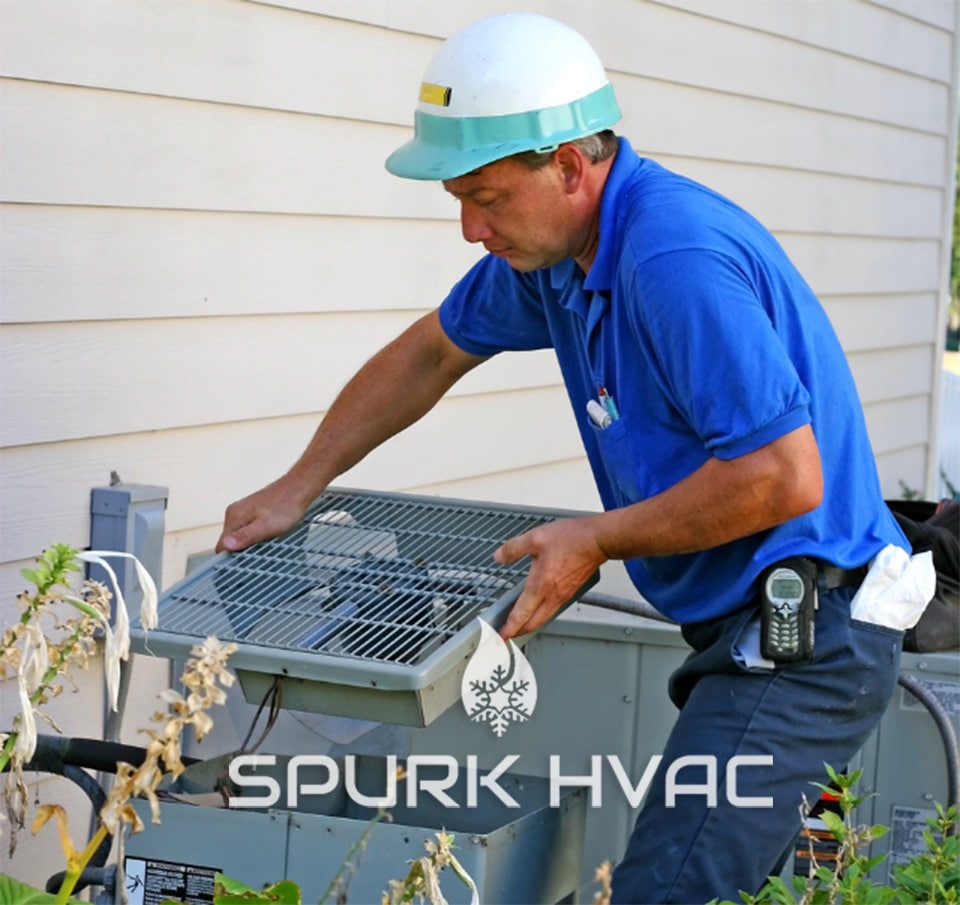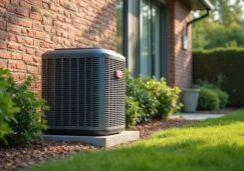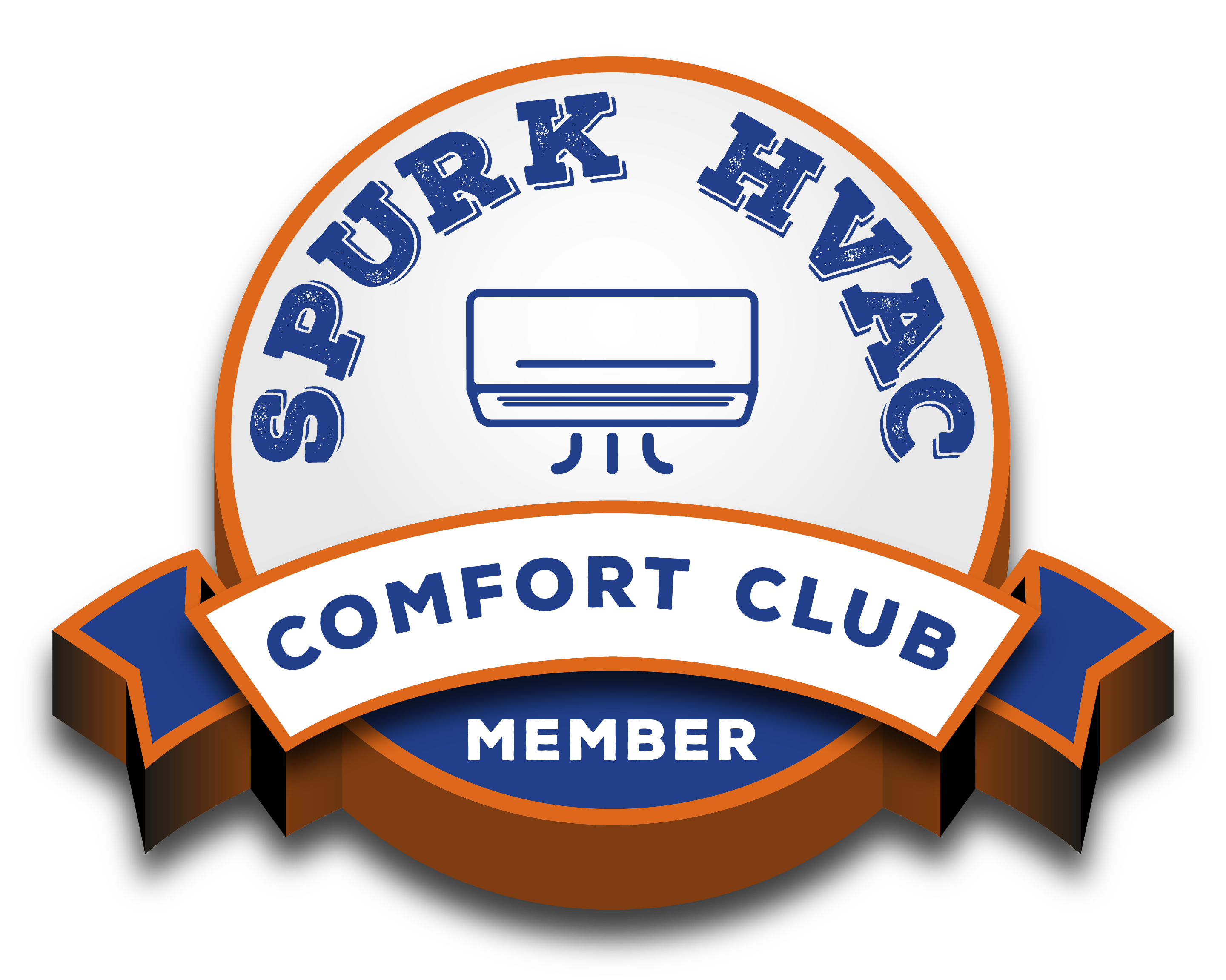The air inside our homes can often be more harmful to our health than the air outside. Learn what pollutants are most common and what you can do to clean the air in your home.
Air Quality Measures
Knowing the cleanliness of the air you breathe can be very revealing. For example, if someone in your home is often ill, poor air quality may be the primary culprit. Whether they have asthma or another chronic respiratory illness, the pollutants around your home may responsible for making their time miserable. Purchasing an air quality monitor is the first step you should take to get a sense of where to target your clean up efforts.
Cleaning Up the Air
Try these tips to keep the air in your home clean and breathable throughout the year.
Keep Floors and Carpets Clean
Some of the most common irritants are dust, mold, and dander that can cling to couches and carpets. Vacuuming helps to remove these from the air and mopping effectively picks up the residue the vacuum may have pushed around or your broom missed. Cleaning your floors daily is the best practice, as much of what makes us sick is often too small for our eye to see, but a minimum frequency of once per week is the recommended rate to reduce pollutant effects on health.
Control the Humidity Level
An in-home humidity level of 30-50% helps protect your home against mold that produces common allergens. When your home is too humid, it can lead to structural damage and decay that can affect the chemicals in building materials and produce additional allergens. Purchase a humidifier or dehumidifier that can help balance the humidity level so that the air in your home stays at the right level.
Change Your Filters Often
Filters are meant to trap pollutants and allergens, but they are only effective if you regularly change them and clean them according to manufacturer instructions. Filters can be found in many places around the home, from the vacuums to the kitchen hood, and in AC systems. Replacing all these according to the manufacturer’s schedule will ensure that allergens these trapped aren’t being released or blown around because the filter is too full.
Clean the Air Ducts
The vents and air ducts that release the warm air into your home when you need it can also move polluted air. Ensuring that your furnace filter and blower are cleaned through regular maintenance is one way to avoid unwittingly moving pollutants around this way. As you dust the vents around your home, make time to clean up the dust on other surfaces that can also be culprits of air pollution.
Use Indoor Plants to Freshen the Air
Plants provide a natural way to purify the air by removing volatile organic chemicals (VOC) and carbon monoxide through the natural cleansing processes that they perform. As the plants clean the air of pollutants, more oxygen is released, lowering the amount of pollution in the room and boosting the overall quality of the oxygen you are breathing. Adding plants has an added aesthetic benefit to bring color and fresh scents to spaces.
Improve Indoor Ventilation
When the temperature and conditions outside are nice, opening windows or other ventilation options in your home allows for the circulation of fresh outdoor air to reduce the staleness and remove some pollution of indoor air. This change is one that you’ll likely notice immediately as it allows for the dissipation of odors and can help naturally cool your home as well.
If you are looking for more permanent solutions to clean your indoor air, Spurk HVAC has the solutions that suit your needs, and our trained professionals are ready to provide rewarding services.








